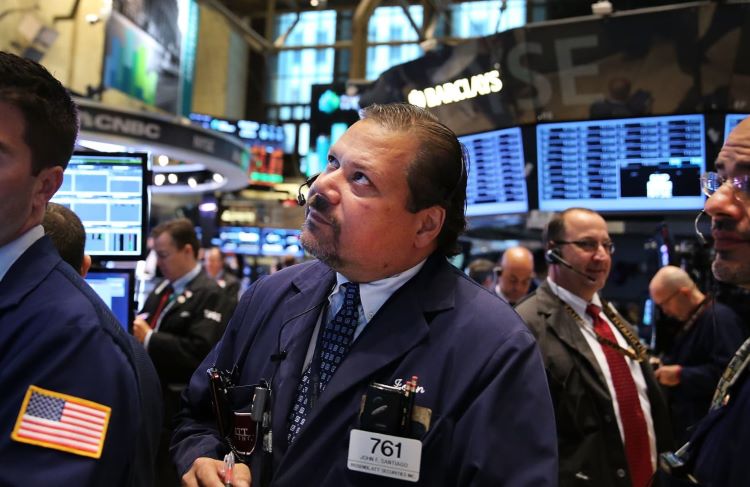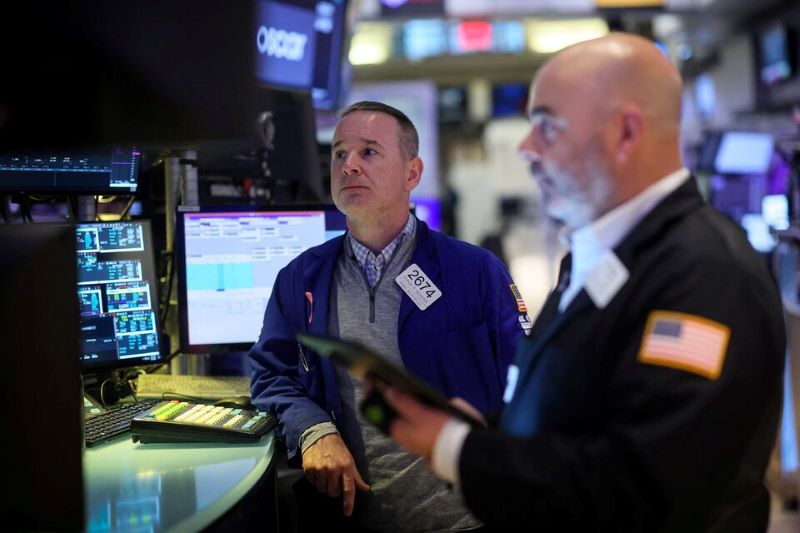Markets
Wall Street Braces for Fed Announcement
Wall Street is poised to handle the Fed upcoming monetary policy updates on Wednesday. Despite the potential for higher interest rates, the S&P 500 has surged this year, setting 26 record highs. Typically, elevated rates negatively impact markets by increasing costs for companies, raising refinancing rates, and reducing consumer demand. However, the current scenario is different.
Strong Business Performance
Businesses have reported the highest earnings growth rate—5.9%—since the first quarter of 2022. The excitement around artificial intelligence (AI) has driven investors to buy stocks in Nvidia, Advanced Micro Devices, and other hardware companies. This “pick-and-shovel” strategy, where investors focus on companies providing essential tools for a booming industry, has led to soaring valuations and a willingness to pay premiums.
Artificial intelligence excitement has boosted hardware stocks, driving record earnings and high investor valuations, Barron’s Print Edition said.
The Fed’s Potential Moves
The market is at a crucial juncture with the Fed’s dot plot potentially indicating two, one, or no rate cuts this year. This outlook contrasts with the six or seven rate cuts traders, including those from Goldman Sachs, anticipated earlier this year. Despite concerns about prolonged high rates, some strategists believe equities will remain resilient.
Henry Allen, macro strategist at Deutsche Bank, wrote, “If rates are staying high because growth is resilient, then there isn’t the same need to cut, and equities can still rally in that sort of environment.”

Market Volatility Surges, Expected to Persist
The CBOE Volatility Index (VIX), a key measure of expected stock market volatility, had comfortably rested near 13…
Stable Economy and Profitable Banks
Recent Fed comments suggest no urgency to lower rates, given a stable economy and financial system. The Federal Deposit Insurance Corp.’s report from May 29 showed that FDIC-insured commercial banks and savings institutions increased profits by nearly 80% in the first quarter. This stability doesn’t indicate immediate trouble.
Ed Yardeni of Yardeni Research noted, “Rate cuts would increase meltup risk. The S&P 500 is trading at 20.9 times forward earnings; preemptive cuts would likely expand its valuation closer to the 24.5 reached in July 1999.”
Adaptation to High Rates
The market has adapted to higher rates. While this environment isn’t as profitable for private equity and venture capital firms as the zero-interest-rate era, it hasn’t derailed the economy, allowing equities to climb.
Bank of America quant strategist Ohsung Kwon commented, “No landing”—meaning above-trend growth and above-trend inflation—is back in discussion. “That’s not bearish” for stocks.
Risks and Uncertainties
However, future uncertainties remain. The Fed could still unsettle markets by hinting at a rate hike. Increased investments in risky areas like crypto and meme stocks pose potential risks. Political uncertainties are also rising, with snap elections in France and the approaching U.S. elections. Additionally, ongoing conflicts and high Treasury market supply could impact stability.
Marko Kolanovic of J.P. Morgan, despite the market’s resilience, maintains a cautious stance. “As such we maintain a defensive tilt in our model portfolio, with an underweight in equities.”
While Kolanovic was bullish in 2022 and bearish in 2023, his perspective reflects a cautious approach amid the current market dynamics.
Subscribe now for a 77% discount on a 2-year digital bundle featuring The New York Times and Financial Times. Enjoy unlimited access to NYTimes news, The Economist Epaper, and expert insights. Stay informed on global finance and politics 24/7.

